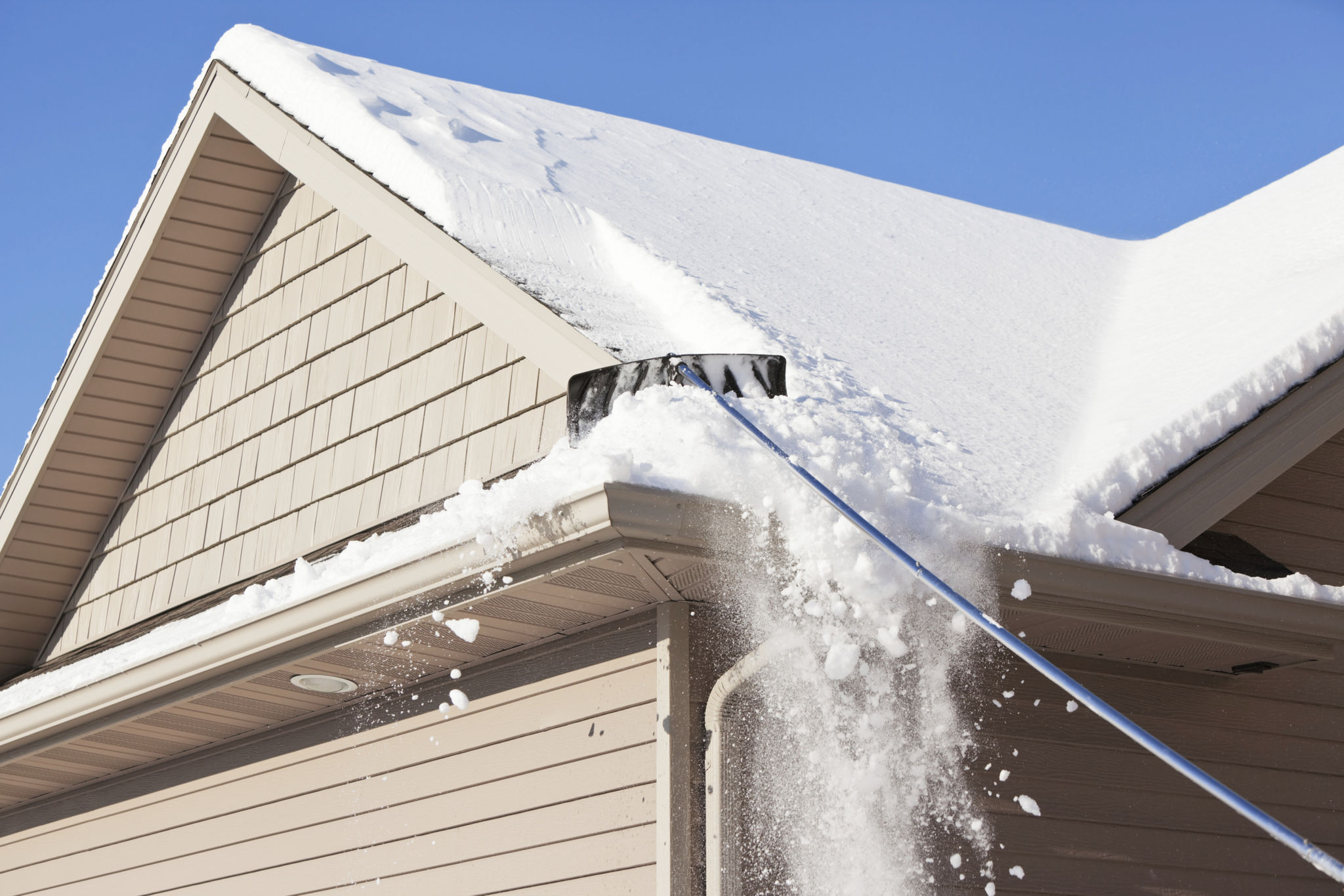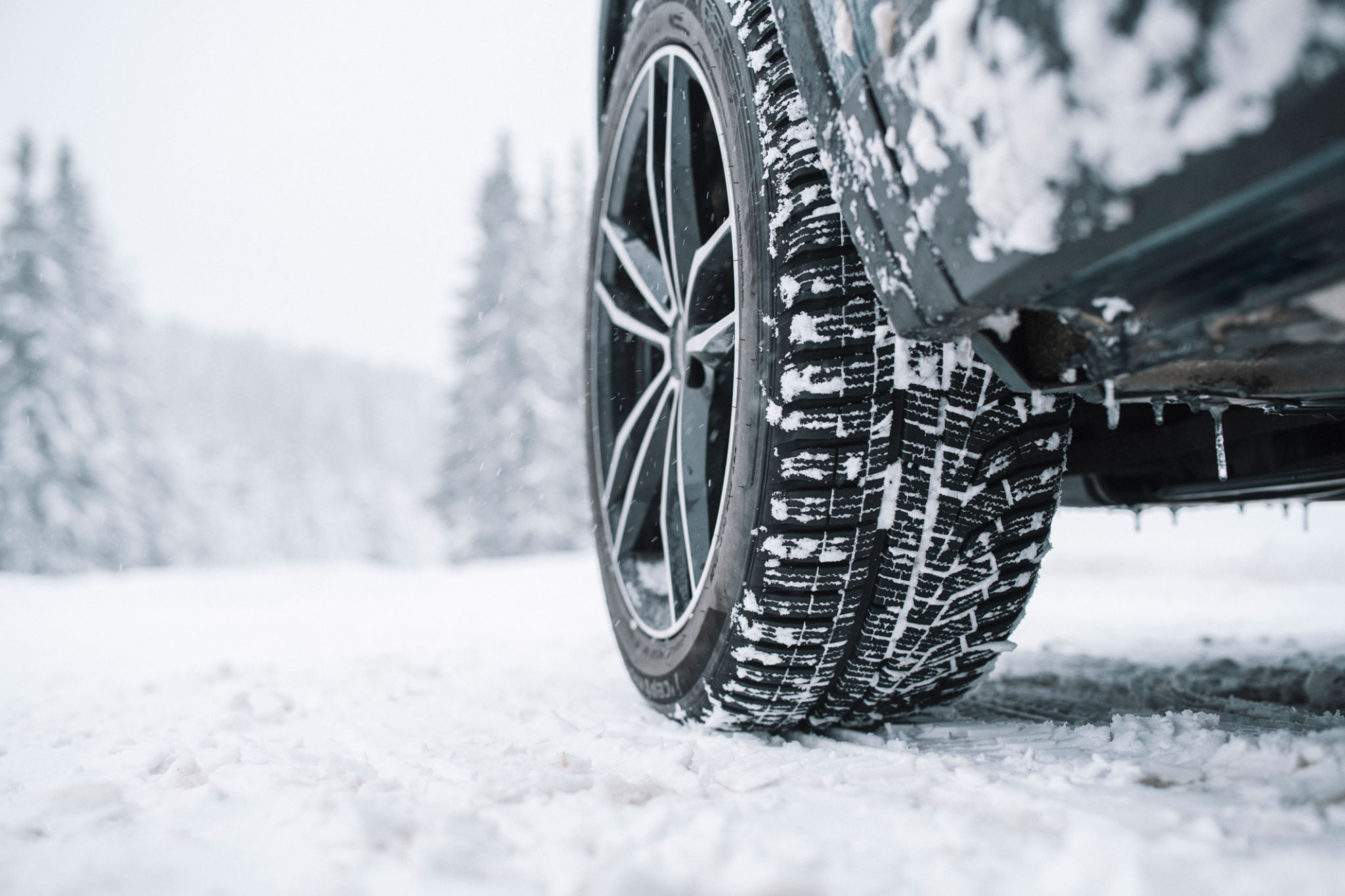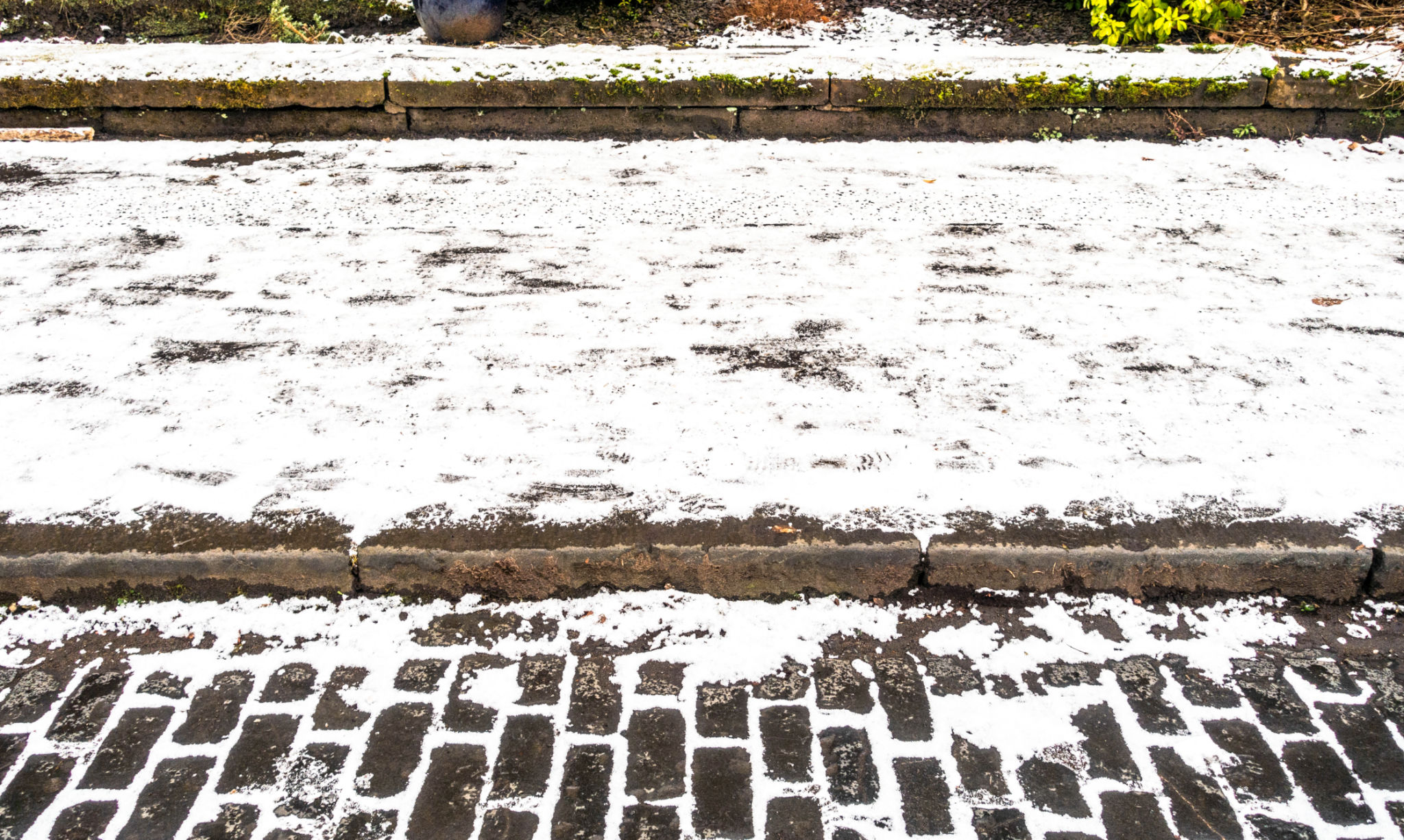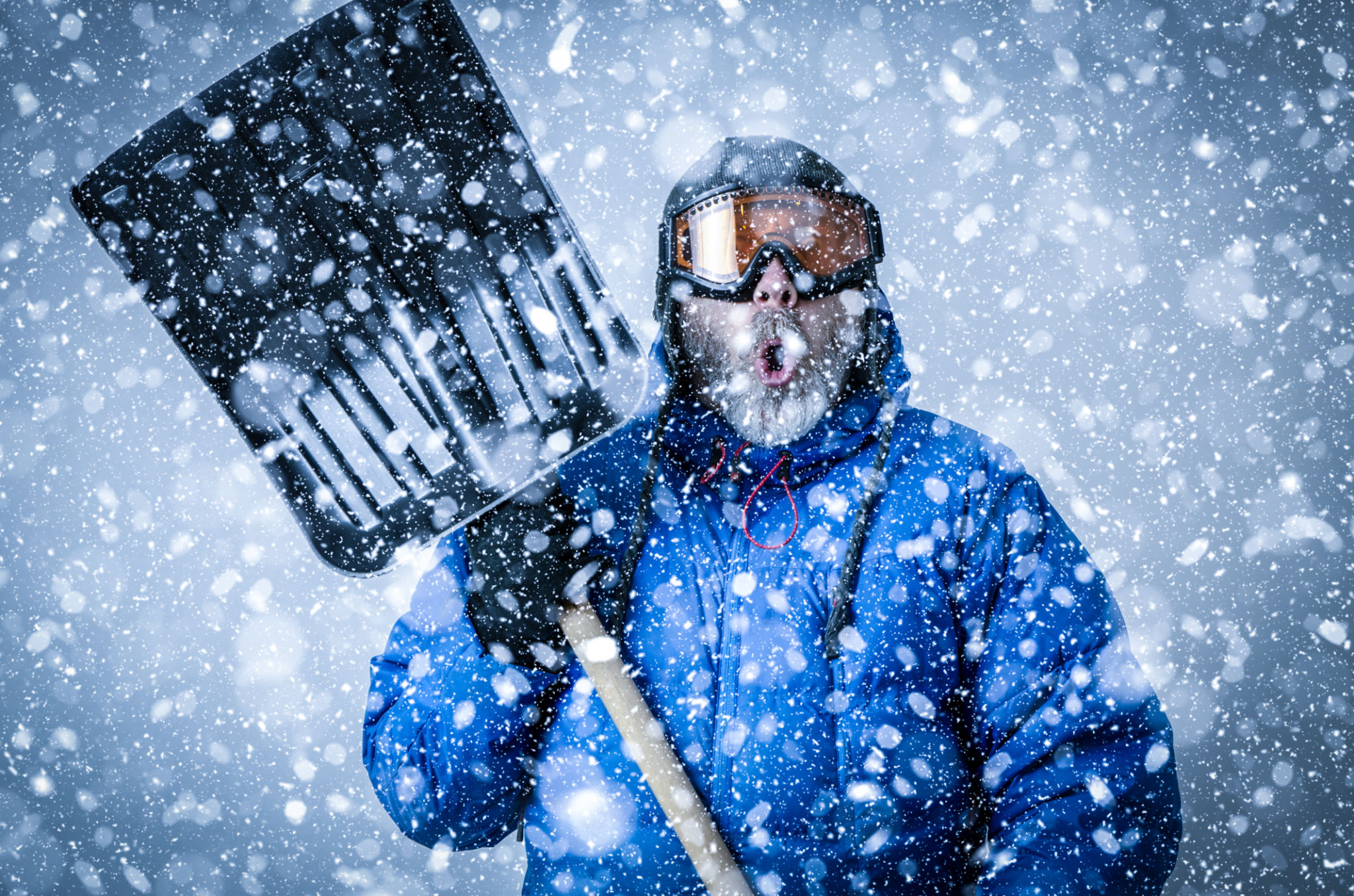Snow Removal: FAQs and Common Misconceptions Debunked
Understanding Snow Removal: FAQs and Common Misconceptions
Snow removal is an essential service for those living in regions with heavy snowfall. However, there are numerous questions and misconceptions surrounding this topic. In this blog post, we'll address some of the most frequently asked questions and debunk common misconceptions to help you understand the ins and outs of snow removal.

What is the difference between snow removal and snow plowing?
One of the most common questions is about the difference between snow removal and snow plowing. Snow plowing involves pushing the snow to the side using a plow attached to a vehicle, creating clear paths or roads. On the other hand, snow removal refers to the complete relocation of snow from your property to another location. This is often necessary when there is limited space, and large piles of snow become a nuisance or safety hazard.
Both services are crucial for maintaining safe and accessible driveways, parking lots, and sidewalks during winter months. Depending on your needs and local conditions, you may require one or both services.
Is salt or sand better for melting ice?
The use of salt versus sand is a common topic of debate when it comes to melting ice. Salt, particularly rock salt, is effective at lowering the freezing point of water, thereby melting ice efficiently. However, it can be corrosive to concrete and harmful to vegetation. Sand, on the other hand, doesn't melt ice but provides traction on slippery surfaces. It's often used in combination with salt to improve safety without causing damage.

The choice between salt and sand largely depends on your specific situation. For areas where ice melting is a priority, salt may be preferred, while sand is better suited for traction in areas where salt damage is a concern.
Debunking Misconceptions: Snow Removal is Just for Driveways
A common misconception is that snow removal is only necessary for driveways. In reality, effective snow management includes clearing sidewalks, walkways, and even rooftops. Ignoring these areas can lead to slips, falls, and potential damage from accumulated snow weight.
- Sidewalks: Keeping sidewalks clear ensures pedestrian safety and complies with local regulations.
- Walkways: Clear walkways provide safe access to and from buildings for both residents and visitors.
- Rooftops: Removing snow from rooftops prevents structural damage and reduces the risk of ice dams.

When Should You Start Snow Removal?
Timing is crucial when it comes to snow removal. Starting early can prevent compacted snow and ice buildup, making the task easier and more effective. It's generally recommended to begin snow removal as soon as snowfall begins or shortly after it stops to maintain accessibility and safety.
Many professional services offer early morning or overnight removal to ensure your property is clear by the time you need to leave home or open your business. This proactive approach minimizes disruptions and enhances safety for all.
Are DIY Methods Effective for Snow Removal?
While DIY methods like using shovels or small snow blowers are common, their effectiveness largely depends on the amount of snowfall and the area needing attention. For lighter snowfalls or smaller properties, these methods can suffice. However, for larger areas or significant snow accumulation, professional services are often more efficient and reliable.

Professionals have access to specialized equipment and expertise that not only speeds up the process but also ensures thoroughness and safety. Investing in professional snow removal can save time and reduce the risk of injury associated with manual methods.
